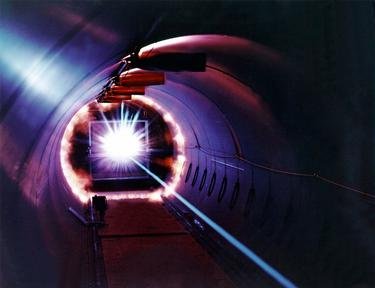
Pick the Particles Trivia Quiz
For this quiz, you'll dive into the strange and fascinating world of the tiniest building blocks of reality. Some particles are real, straight from the Standard Model of physics. The others are impostors, made up for laughs. Can you tell which is which?
A collection quiz
by Kalibre.
Estimated time: 3 mins.